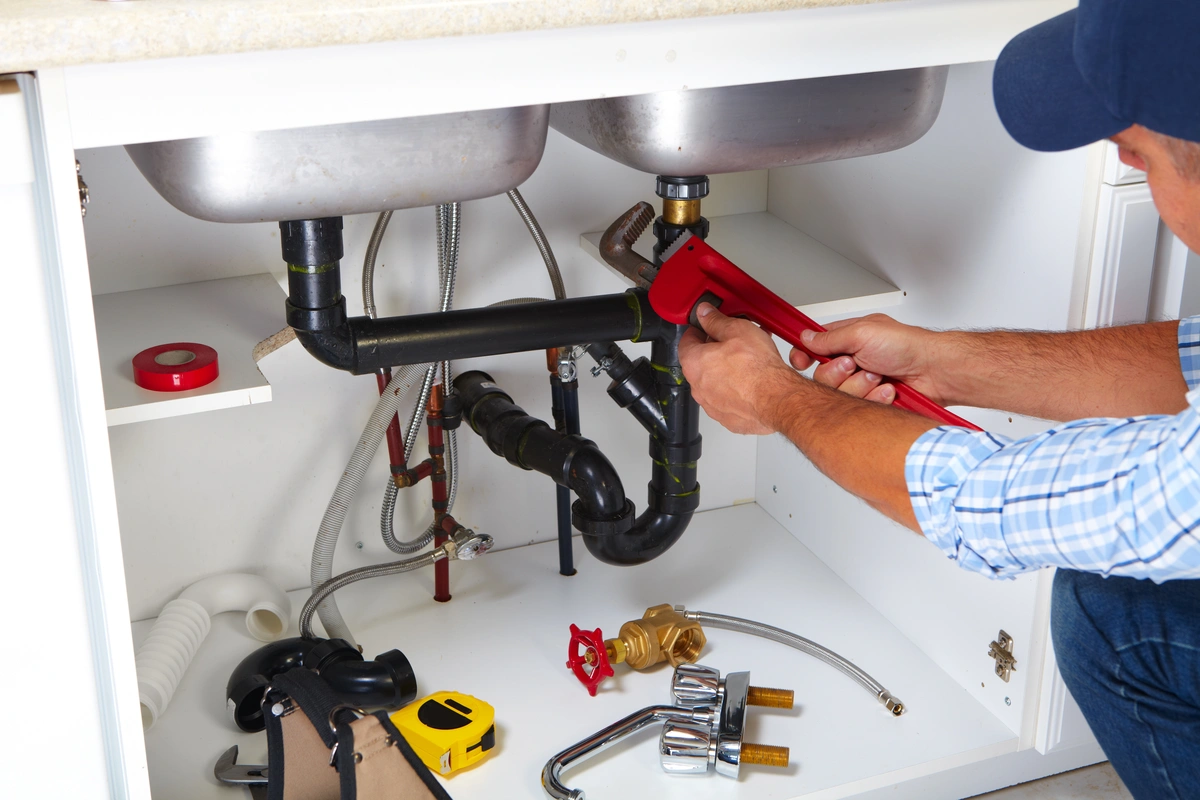Quality Water Heater Installation Alabaster AL for Optimal Convenience
Quality Water Heater Installation Alabaster AL for Optimal Convenience
Blog Article
A Detailed Guide to Efficient Water Heater Installment for Optimum Efficiency
Beginning on the job of installing a water heating unit is an endeavor that requires precision and a methodical strategy for achieving ideal efficiency. As you continue, the complexities of linking water supply lines and establishing up reliable electrical or gas links wait for, encouraging insights into making sure performance and integrity.
Choosing the Right Hot Water Heater

Following, consider the size and capability of the water heating system. It's vital to examine your household's warm water requirements, which can differ based on the number of residents and their usage patterns. A device that's also small may cause not enough warm water, while an oversized design could result in unnecessary power consumption.
Efficiency rankings also play a pivotal function in choice. Seek water heating systems with high Energy Factor (EF) scores, suggesting premium efficiency and lowered power use. Tankless versions, though typically much more costly ahead of time, deal substantial power financial savings over time due to their on-demand home heating capacities.
Preparing the Installment Location
Before mounting a new water heating system, precise prep work of the installation location is vital. It's crucial to determine the space very carefully to accommodate the water heating unit's measurements, guaranteeing ample clearance around the unit for reliable operation and maintenance.
Examine the flooring for security, as the water heating system will certainly need a solid, level surface to operate effectively. If necessary, install a drip pan beneath the unit to catch potential leaks or spills, avoiding water damage to the surrounding area.
Furthermore, ensure that all essential tools and products are on hand before commencing the installation. This includes items such as wrenches, screwdrivers, a level, and any type of added hardware required for safeguarding the heater and mounting. A well-prepared setup area sets the foundation for a successful water heating unit configuration, maximizing efficiency and safety and security.
Connecting Water Supply Lines
When linking water supply lines to your newly mounted water heater, it is critical to make certain that all links are leak-free and safe and secure to maintain efficient operation and avoid water damage. Begin by identifying the warm and cold water system lines. The cold water inlet is normally noted with a blue tag or a "C", while the warm water electrical outlet is marked with a red label or an "H".
Usage adaptable water heater connectors to assist in an easier installment procedure. These connectors can absorb resonance and enable mild movement, decreasing the danger of leakages. Before connecting the adapters, put a plumbing technician's tape around the threaded ends of the water heating unit's inlet and electrical outlet pipes - Plumbing Alabaster AL. This tape works as a sealant, stopping click over here now leaks. Very carefully link the adaptable hoses to the respective inlet and outlet, making certain that they are not over-tightened however tight, which might harm the strings.
Once connections are in place, gradually activate the primary water supply valve. Check each connection for leakages by aesthetically examining and really feeling for dampness. Tighten connections as essential, and make sure the pressure safety valve is appropriately mounted, protecting against excessive stress accumulation.
Establishing Up Electric or Gas Connections
Effectively establishing the electrical or gas connections for your water heater is a vital action to make certain reliable and risk-free operation. For electric hot water heater, start by validating that the electric circuit is compatible with the heating unit's voltage and amperage demands. Make sure the power supply is shut off at the circuit breaker to avoid crashes. Attach the electrical wires to the heater following the supplier's circuitry representation. Usually, this includes linking the ground wire to the green terminal, and the continuing to be cords to their matching terminals, protecting each with wire nuts.
For gas water heating systems, safety is critical. Attach the gas line to the water heater utilizing an adaptable gas connector, guaranteeing it is properly threaded and sealed with pipeline joint compound or Teflon tape appropriate for gas links.
As soon as connections are made, check for any kind of potential leaks. For gas lines, apply a soapy water solution to the joints; bubbles indicate a leak. For electrical links, verify that all wiring is protected and correctly shielded, preserving compliance with regional electrical codes.
Testing and Adjusting for Efficiency
With the electrical and gas connections safely in place, the next step is assessing the operational effectiveness official source of your hot water heater. Begin by meticulously switching on the water supply and guaranteeing there are no leaks at any of the joints or valves. As soon as validated, continue to load the container, taking note of the stress and temperature level setups. It is suggested to establish the thermostat to a recommended temperature of around 120 ° F(49 ° C) to balance power performance and convenience.
Next, carry out a detailed evaluation to make certain the home heating components or burner are functioning properly. For electrical heating systems, make use of a multimeter to verify if the elements are drawing the appropriate current. In gas designs, observe the heater flame; it needs to be consistent and blue, showing efficient combustion.
Adjust the settings as needed to get rid of inadequacies. Take into consideration applying insulation actions, such as adding a water heater blanket, to even more boost efficiency by minimizing warmth loss. Additionally, check the anode rod's condition, as a scrubby pole can lower effectiveness and cause tank corrosion.
Verdict
Reliable water heating unit installment is important for making certain optimal efficiency and power financial savings. Securely connecting water supply lines and meticulously setting up electric or gas connections reduce potential issues.

Effectively setting up the electrical or gas links for your water heating system is a critical step to make certain risk-free and reliable procedure. For electric water heating units, start by validating that the electric circuit is compatible with the heating unit's voltage and amperage requirements. Link the gas line to the water heater utilizing an adaptable gas connector, ensuring it is correctly threaded and sealed with pipeline joint substance or Teflon tape ideal for gas links.
Report this page